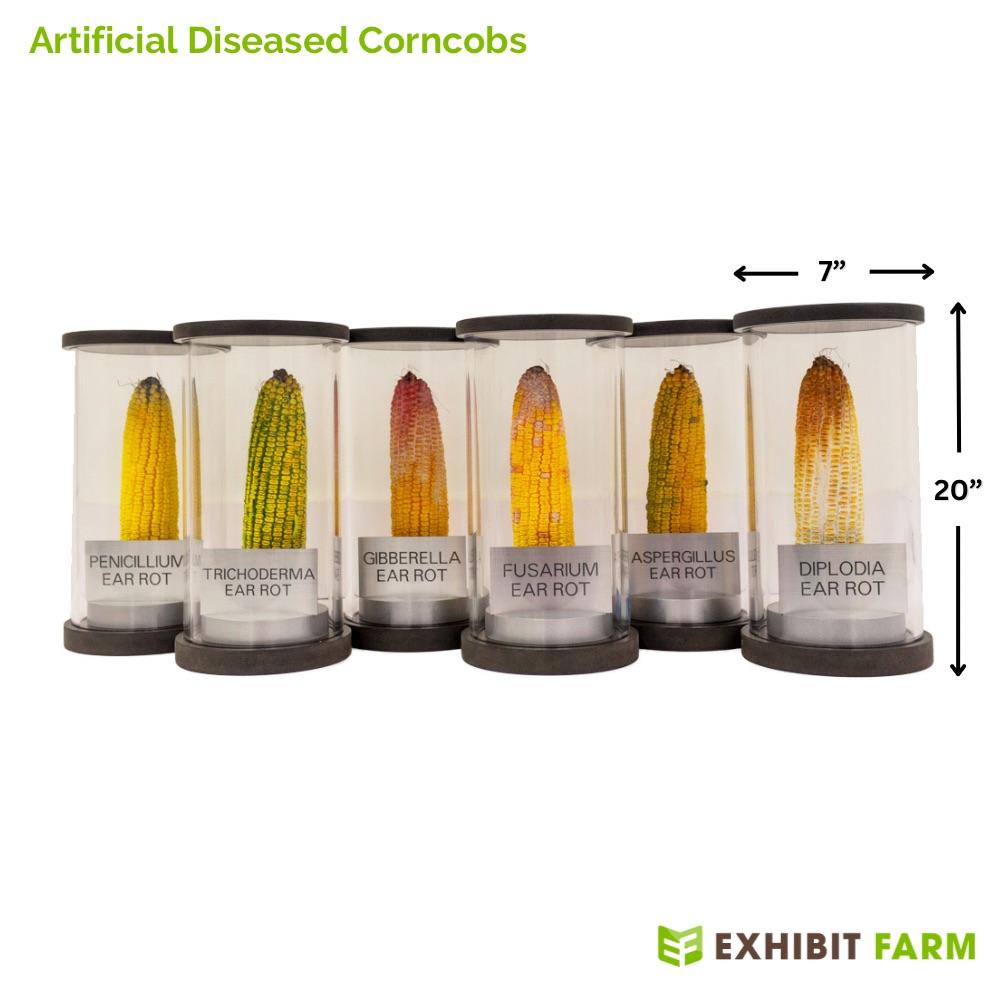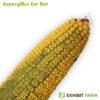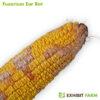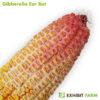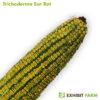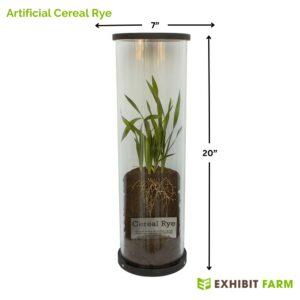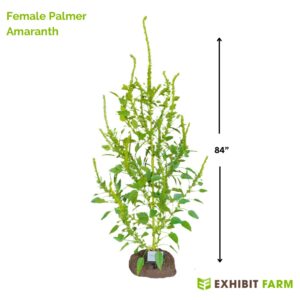Description
Maybe you’ve met our regular corncob models before. That set replicates full, healthy ears of field corn, sweet corn, and popcorn. In contrast, these models of diseased corncobs look awful. But it turns out they have a great purpose too. This set of models shows the effects of different fungal diseases on a corncob. Diseases represented include aspergillus, diplodia, fusarium, gibberella, penicillium, and trichoderma.

